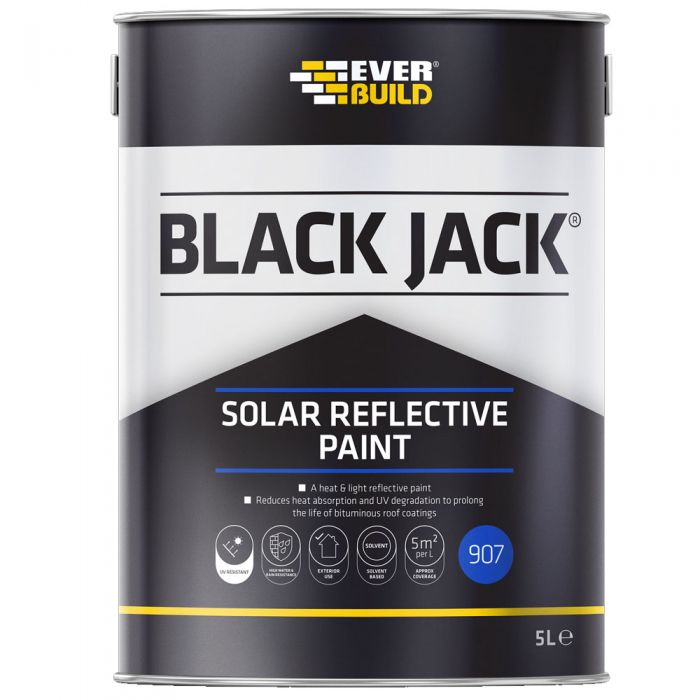
Revolutionizing Urban Spaces: Green Roof Stormwater Management
Urban areas face challenges in managing stormwater runoff, contributing to environmental issues like flooding and pollution. Green roof stormwater management emerges as a sustainable solution, utilizing vegetated roofs to mitigate the impact of stormwater. In this article, we explore the significance, benefits, and considerations of implementing green roofs for effective stormwater management in urban landscapes.
Nature’s Role: The Significance of Green Roof Solutions
Green roof stormwater management leverages the power of nature to address urban stormwater challenges. Traditional impermeable surfaces, such as concrete and asphalt, prevent rainwater from naturally infiltrating the soil, leading to increased runoff. Green roofs act as natural sponges, absorbing and slowing down rainwater, reducing the volume of runoff that contributes to drainage systems’ overload during heavy rainfall events.
Mitigating Urban Flooding: A Green Approach
Urban areas often face flooding issues due to the high percentage of impervious surfaces. Green roofs play a pivotal role in mitigating urban flooding by retaining rainwater and releasing it gradually. This controlled release helps alleviate the strain on stormwater infrastructure, reducing the risk of flash floods and providing a sustainable solution to manage excess water during intense rainstorms.
Biodiversity Boost: Creating Habitat on Rooftops
Beyond stormwater management, green roofs contribute to biodiversity in urban settings. The vegetation on green roofs provides habitat for birds, insects, and other pollinators. Introducing greenery to rooftops not only supports local ecosystems but also enhances the overall urban environment, promoting a healthier and more balanced ecology within city limits.
Energy Efficiency: Temperature Regulation and Cooling Effect
Green roofs offer additional benefits beyond stormwater management, including energy efficiency. The vegetation on these roofs acts as a natural insulator, regulating indoor temperatures and reducing the need for excessive heating or cooling. The cooling effect of green roofs, known as the “urban heat island” mitigation, contributes to a more comfortable urban environment while reducing energy consumption.
Air Quality Improvement: Filtering Pollutants
Urban areas often grapple with air pollution, and green roofs can play a role in improving air quality. The vegetation on green roofs filters pollutants from the air, trapping particulate matter and absorbing harmful gases. Implementing green roof stormwater management systems not only addresses water-related challenges but also contributes to a healthier urban atmosphere.
Long-Term Cost Savings: Economic Benefits of Green Roofs
While the initial investment in green roof installation may seem higher than traditional roofing options, the long-term cost savings are substantial. Green roofs extend the lifespan of the roof membrane by protecting it from temperature fluctuations and UV radiation. Additionally, the energy savings achieved through improved insulation contribute to reduced utility costs over time, making green roofs a financially viable investment.
Aesthetic Enhancement: Beauty in Functional Design
Green roof stormwater management systems not only provide environmental benefits but also contribute to the aesthetic appeal of urban landscapes. Transforming barren rooftops into lush, green spaces enhances the visual character of buildings and the surrounding environment. The integration of green roofs can create aesthetically pleasing cityscapes that prioritize both form and function.
Considerations for Implementation: Engineering and Design Factors
The successful implementation of green roof stormwater management requires careful consideration of engineering and design factors. Structural capacity, waterproofing, and plant selection are critical elements that influence the effectiveness and longevity of green roofs. Collaborating with experienced professionals in green roof design and installation ensures that the system is tailored to the specific needs and conditions of the urban environment.
Community Engagement: Raising Awareness and Involvement
Green roof initiatives offer an opportunity for community engagement and awareness. Educating residents and businesses about the benefits of green roofs encourages support and involvement in sustainable urban practices. Community participation in green roof projects fosters a sense of shared responsibility and pride in contributing to the resilience and sustainability of the urban environment.
Explore Green Roof Stormwater Management: Learn More at Aracatinet.com
To delve deeper into the world of green roof stormwater management and explore how this sustainable solution can benefit urban landscapes, visit Green roof stormwater management. This platform provides resources, insights, and guidance for individuals and communities interested in implementing green roofs for effective stormwater management. Join the movement towards greener, more resilient urban environments.





